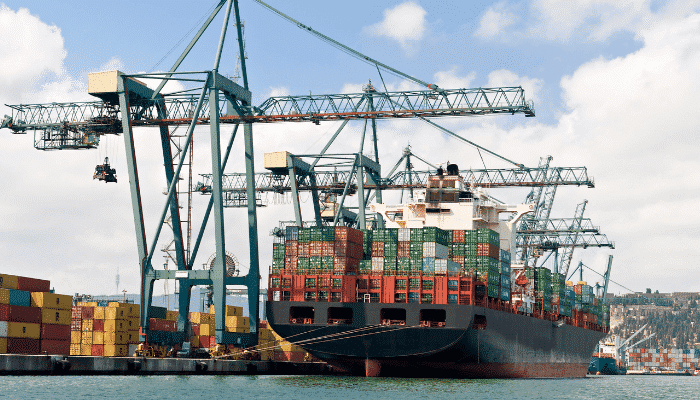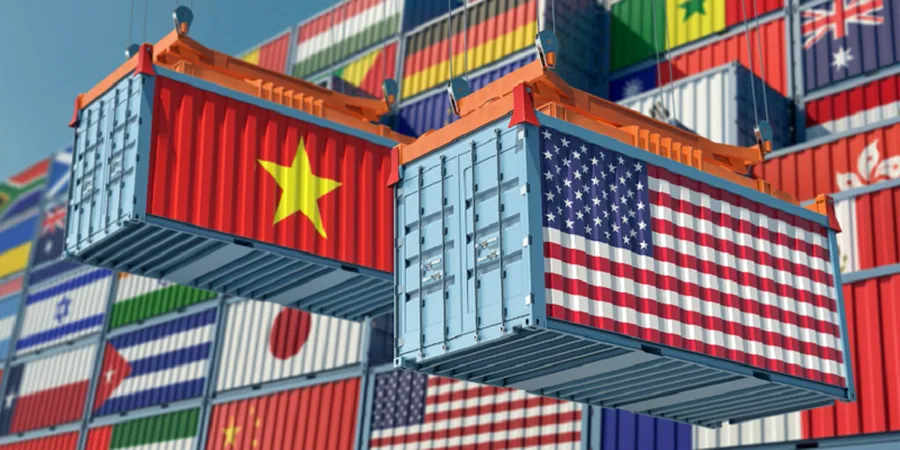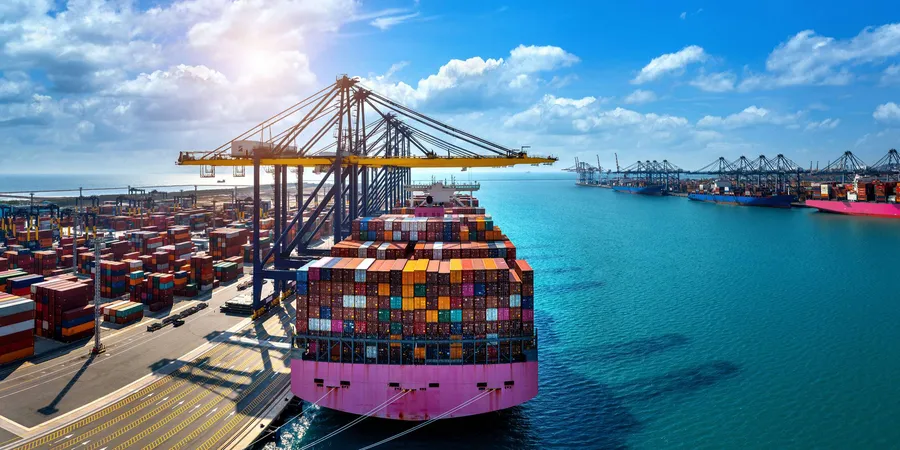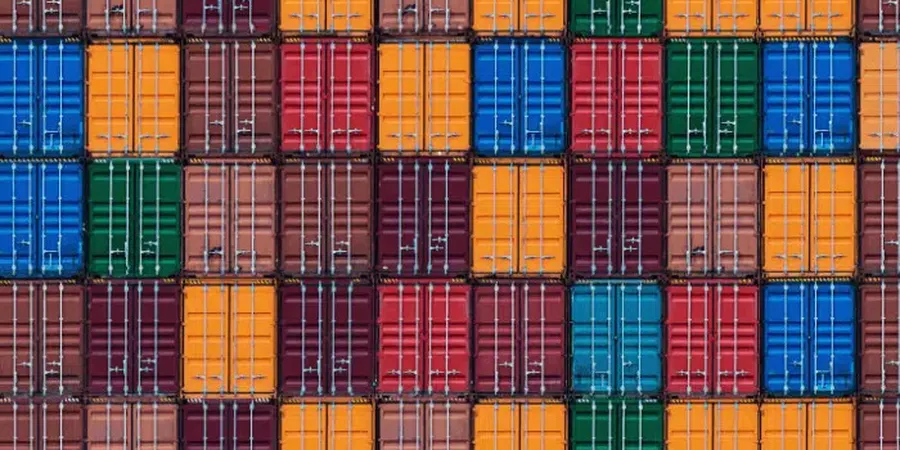Who is a “Multimodal Transport Operator”?
Global exports over the last 3 years stand at an average of 18 trillion US Dollars. Businesses across the world deliver goods to their customers – both national as well as international, by various modes of transport. Good are transported over the road by trucks, by rail on freight trains, ocean freight on cargo ships, and by air on cargo flights.
Goods may be transported by a single mode of transport or it could be a combination of two or more modes. When goods are transported using two or more different modes of transport, it is known as multimodal transport.
The concept of door delivery in business is facilitated through multimodal transport. It helps in the faster movement of goods while bringing down the overall logistics cost of doing business.
A multimodal transport operator is one who handles the transport of cargo from its origin to the final destination by different modes of transport. The cargo that is transported thus will usually go under a single transport contract or bill of lading.
It will show all the different modes of transport that are utilized for the movement of the cargo from its origin to its final destination.
Let us look at some of the advantages of using multimodal transport operators while doing business.
Communication is Easier
It is easier to communicate with a single operator than having to deal with several transport operators. A multimodal transport operator is responsible for coordinating the transport of cargo by various modes of transport and its associated logistics.
The business that is dispatching the cargo has a single point of contact which is the multimodal transport operator. Updates in transport schedules such as delays or early arrivals are easily conveyed this way instead of from and between different transport sources.
Saving in Time
The multimodal transport operator is usually an expert in his field of business. They know the easiest and fastest way to move goods from one location to another. Their wide range of contacts and access to transport bodies and officials makes it easier for them to arrange the movement of cargo between different locations using the right modes of transport and in the shortest possible time.
This saves time and effort and goods reach their destinations on time and as planned. Documentation and other transport formalities such as port and customs clearance, arrangement of laborers, etc. can be cumbersome for exporters as well as importers. These can be easily handled by experienced multimodal transport operators, saving time.
Cost-efficient
Multimodal transport operations require various transport infrastructure and the experience to handle it. Successful business organizations channel their energies on doing business and leave other non-core tasks, such as transport, to outside service providers.
Sending goods through multimodal transport operators can be cost-efficient as they are the experts and can select the best transport options to send the goods. Using the right transport and customs forms and avoiding unnecessary formalities help to save on cost.
More options
Multimodal transport operators know what kind of transport best suits a specific type of cargo. They can select from a wide range of transport and logistics service providers and often get services at the best rates. With a wide range of operators to choose from, they are in a better position to get the best deals that can then be passed on to their customers by way of rate reductions.
Types of Transport Used by Multimodal Transport Operators
Road
Road transport is the most common form of transport in most countries. It helps move passengers as well as cargo between locations over land. Thanks to good roads, connectivity between places have increased dramatically in recent times. Roads have been laid at very high altitudes and over rough terrains making it possible to transport passengers and cargo to these areas by automobiles such as cars, buses, and freight trucks.
Road transport connects goods depots, warehouses, and business centers to seaports, airports, and other land transport hubs. They connect almost all corners of a country as well as connect over most international land borders. Easily accessible and inexpensive, it is considered the backbone of an efficient overall transport system of the country.
Rail
Another popular mode of transport for the movement of passengers and freight is by rail. Locomotives are powerful engines that can haul several rail cars over a track, at a time. Freight trains help to transfer large quantities of cargo over a long distance.
Almost any type of cargo is transported over rail these days. Coal, ores, fuel oils, cement, food grains, gases, and several other commercial items are transported by freight trains.
Since trains go over fixed steel tracks, they follow a fixed route and need the necessary infrastructure such as sophisticated signaling systems and railway stations to operate smoothly. But it is still an inexpensive mode of transport.
Sea
It is estimated that sea or ocean transport accounts for the movement of 80% of the world’s cargo. Boats, barges, ships, and supertankers help to move freight over waterways and oceans, between the world’s many ports.
Containerization that had its origin in the 1950s, advances in shipbuilding, and standardized methods of packaging and packing – such as boxes, barrels, pallets, etc. further revolutionized the water transport industry. Sea freight is a highly cost-effective method of moving bulk cargo and heavy loads over a vast distance.
Air
Air transport is undoubtedly the fastest mode of transport when it comes to moving passengers or cargo over a long distance. But here, the infrastructure costs are high and hence the cost to passengers or transport cargo is also naturally high. It is however, comfortable and quick for the transport of passengers.
Perishable, high-value, or time-bound delivery of cargo that needs to be transported over a long distance is best moved by air transport. Temperature-controlled warehouses at airports and innovations in packing using special packing materials help to keep such items fresh without deterioration in quality. The usage of dry ice in packing helps to maintain the freshness of perishable items or the quality of temperature-sensitive goods during their waiting period. Dry ice is solid carbon dioxide (CO2) that has a temperature of -78.5 °C.
In India, multimodal transport is covered and regulated by the Multimodal Transportation of Goods Act of 1993 (MMTG). The office of the Director General of Shipping (DGS) in association with the Ministry of Road Transport and Highways (MoRTH) helps in framing the terms and conditions relating to the multimodal transport of the country and in regulating them.
Source: Marine Insight





